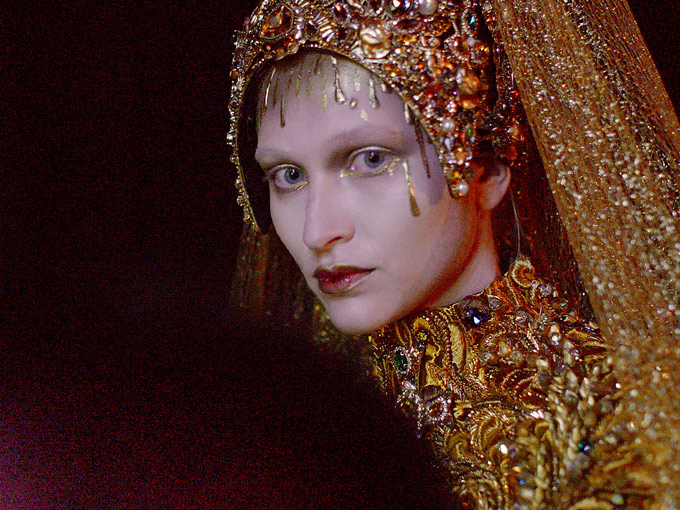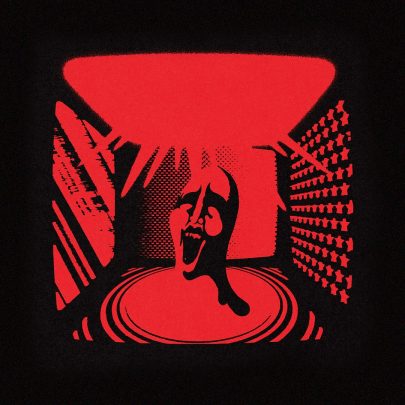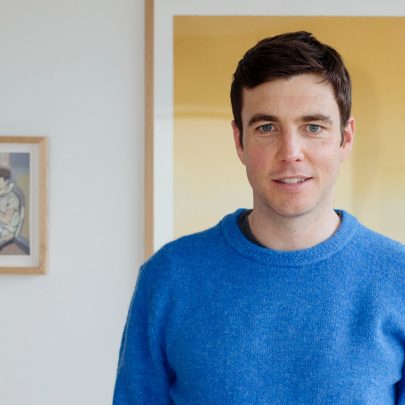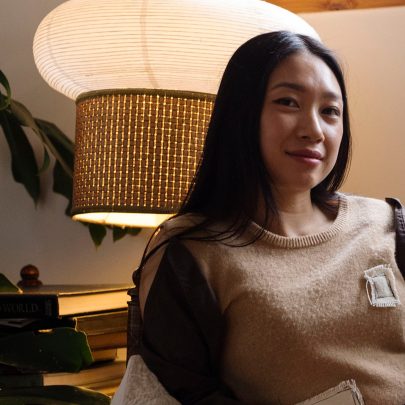Jul 22, 2018 Film & TV
Pietra Brettkelly’s documentary about a groundbreaking Chinese designer is a beautifully shot character piece.
Yellow Is Forbidden is New Zealand documentary-maker Pietra Brettkelly’s fifth feature. Film is the most expensive of the arts; you can pull together the funding to make your first film on a mix of raw talent and luck, though most aspiring directors never get even that far. But anyone making their fifth film, especially in an industry as small and cash-starved as ours, is more than just talented and lucky; they’re the proven master of a diverse range of skills. What’s striking about Brettkelly is that she isn’t just good at what she does. She keeps getting better.
Yellow opens in darkness, with a gasp, heard over a light shimmer of metallic music. The music gives the gasp emotional flavour, so that we know instantly it’s a positive reaction, not a horrified or frightened one: someone is awe-struck by something.
Voices talk about the need for light, and in the next instant we see the film’s first image, a hard-to-parse network of reflective gold threads. The light fades and comes up again, and we’re seeing the same network from a different angle, with a human figure just visible in the background, holding the light source. The sense of scale this supplies allows us to see that the network forms the shape of a dress. Then the image is obliterated by an exploding blossom of abstract yellow, and the film’s title phases in, yellow on yellow.
All of this takes not much more than a minute, and because it’s a puzzle within a puzzle — you’re decoding both the raw visual information on the screen, the “what am I actually looking at here?”, and its narrative meaning, the “why am I being shown this?” — the most important message of the opening sequence reaches you only subliminally. The sure rhythm of the editing, the confidence implicit in an opening which delays exposition in favour of beauty, the sensory match between the metallic timbre of the music and the hard glitter of those gold threads: every aspect of these brief moments of film implies a high level of expertise. You feel instantly that you’re in good hands.
Guo Pei is a fashion designer whose career could be described as one long rebellion against the Cultural Revolution, the decade of nationwide austerity and mass persecution which coincided with her childhood. She works at the boundary of fashion, sculpture and high finance: at one point in the film, we see her discreetly informing a prospective client that the price tag on a certain dress is 115,000 euros, and at another, a potential crisis erupts over the 50kg weight of a massively ornate dress intended for a runway show. The model can just about stand upright in it, but it isn’t clear she’ll be able to walk.
Brettkelly organises the film around Guo Pei’s 2016 trip to France to launch a collection at Paris Fashion Week. No Chinese designer has ever been invited to join the French fashion federation, the body that regulates the use of the term “haute couture”. (Adopt this label professionally without permission and you face international blacklisting.) When Guo Pei was first learning to sew, we discover, the only acceptable garment was the ultra-severe unisex Mao suit, and any hint that your family possessed Western books or art could bring mobs down on your head.
Her campaign to join the Western world’s reigning fashion elite has a complex double resonance, because on the one hand it’s a clear response to childhood trauma, but on the other it comes precisely as a newly confident China is beginning to assert its own cultural power.
Brettkelly does nothing overt to highlight any of this. The film is an exemplary character piece, beautifully shot and with a superb score by Tom Third, which does a great deal of work in evoking the ethereal mood of Guo Pei’s creations. She’s an easy woman to like, bubbly and yet self-effacing. We see her in her spacious, elegant home, and we see her visiting her parents, who live modestly and have clearly had exacting lives. We see her preparing a show in China, and we follow her to Paris. Her work is striking, her commitment to it is total, and none of it could exist without gilded-age levels of wealth concentration, both in the West and in the new China. Brettkelly passes no judgements. Quietly, with consummate skill, she shows you a great artist’s world and lets you judge for yourself.
Yellow Is Forbidden, directed by Pietra Brettkelly, screening at the New Zealand International Film Festival on July 22, 26 and 27.






